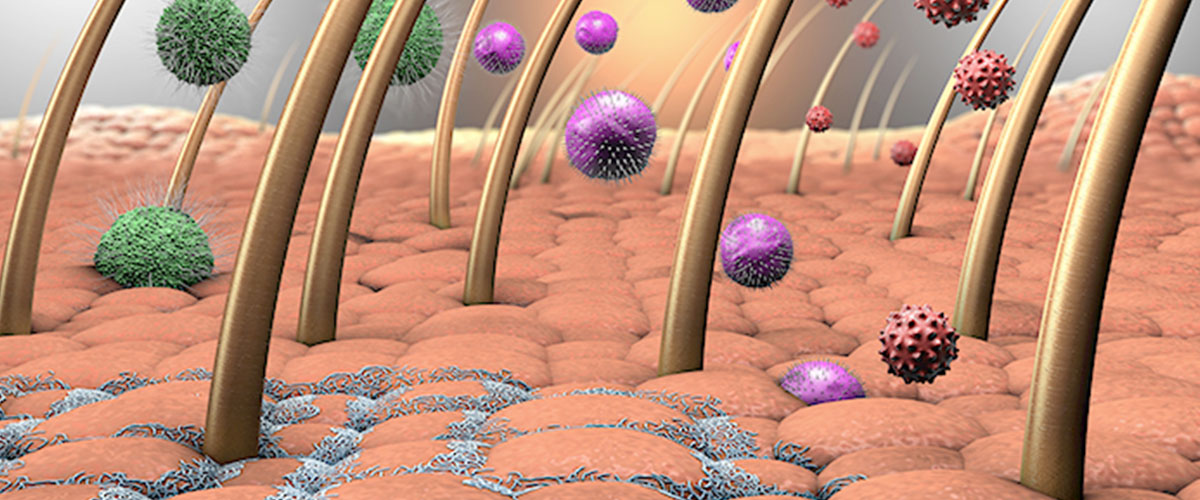Ceramides are a type of lipid, which are molecules such as fats, oils, sterols and wax3. Ceramides are a waxy form of lipid – they get their name from ‘cera’, which means wax in Latin2.
Ceramides make up about 50% of the lipids in the stratum corneum – the outermost layer of the skin – alongside cholesterol and fatty acids1,2. It’s the waxy consistency of ceramides that make them so good at helping to support and strengthen the skin barrier. These important lipids help keep moisture in and pollutants out. Ceramides are like the ‘mortar’ in the ‘brick-and-mortar’ structure of the stratum corneum – they help fill in the gaps between skin cells, strengthening the barrier's impermeability2.
Inside the skin barrier, there are different types of ceramides4. They each help to support the integrity of our skin barrier, generally keeping moisture in and external irritants out.




